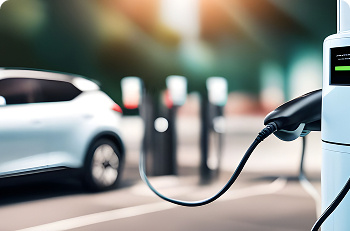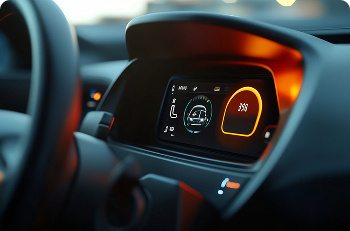
Electric Vehicles (EVs) are transforming the way we drive, offering cleaner, more efficient alternatives to traditional petrol and diesel cars. Whether you're just starting your electrical vehicle journey or are looking to deepen your knowledge, this page breaks down the key different types of electrical vehicles—each with its own unique benefits and technologies.

Take a flexible step towards driving fully electric. PHEVs combine an electric motor with a petrol or diesel engine. They can be plugged in to recharge and typically offer up to 40 miles of electric-only range, depending on the model. Many drivers use PHEVs as a transitional option, enjoying the benefits of electric driving for short trips while retaining the flexibility of a fuel engine for longer journeys.

Have efficiency without the plug. HEVs, often called “self-charging hybrids,” use both an electric motor and a traditional engine. Unlike PHEVs, they cannot be plugged in—instead, the battery charges through regenerative braking and the engine itself. While the electric range is limited, HEVs still reduce emissions and fuel consumption, offering tax incentives and improved efficiency over conventional vehicles.

Get subtle support for better performance. MHEVs use a small battery and an integrated starter-generator to assist the engine. While they don’t offer electric-only driving, they enhance fuel efficiency and provide a slight performance boost. MHEVs are often indistinguishable from traditional vehicles in daily use, making them a low-effort way to improve efficiency.

Utilise Hydrogen-powered innovation. FCEVs use hydrogen to generate electricity through a fuel cell, emitting only water vapour. They refuel as quickly as petrol cars and offer a promising alternative to BEVs. However, availability is currently restricted.

A complete guide on how to charge an electric car or an electric van

Find out the benefits of driving electric

Everything you need to know about maintaining your electric vehicle

Separating fact from fiction – find the answers to your EV queries

Everything that you need to know about transitioning to an electric fleet
